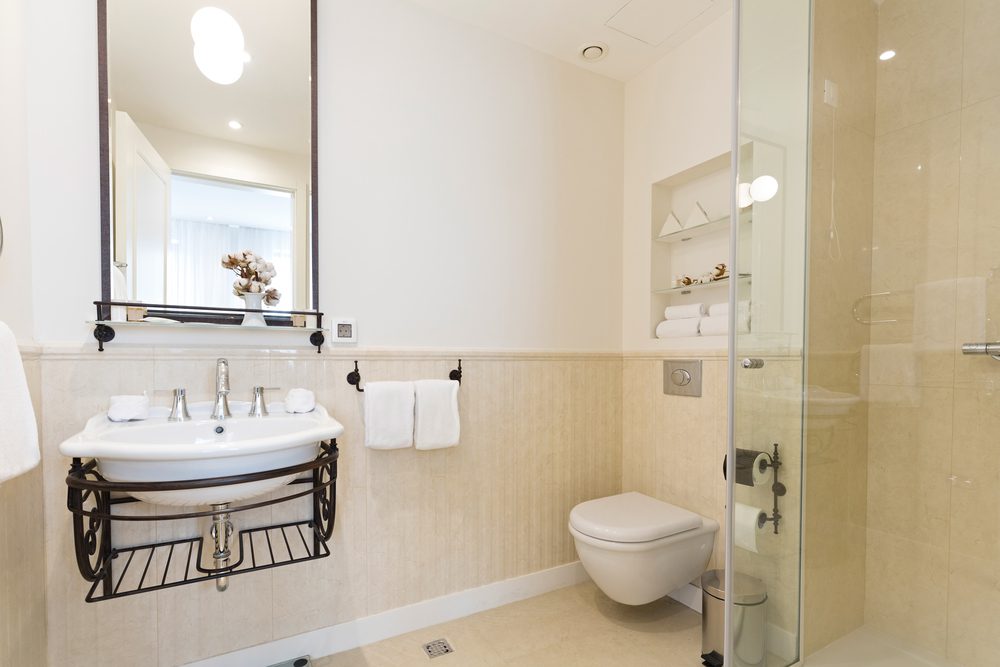Dual Flush Vs. Single Flush: How Do They Compare?

When it comes to choosing a toilet, one of the key decisions you’ll need to make is whether to opt for a dual flush or single flush model. This is also important if you are planning to change your toilet flush. Both sorts have their stars and cons, and understanding the contrasts between them can assist you make an educated choice. In this article, we’ll compare double-flush and single-flush toilets, investigating their highlights, benefits, and eco-friendliness.
Understanding Dual Flush and Single Flush Toilets
Before we dive into the comparison, let’s first define what dual-flush and single-flush toilets are. A dual-flush toilet offers two choices: a low-volume flush for liquids and a high-volume flush for solids. This allows users to conserve water by selecting the appropriate flush for the type of waste being disposed of. On the other hand, a single-flush toilet has only one flush option, typically using a higher volume of water for both liquid and solid waste.
Water Efficiency
One of the primary considerations when choosing between dual-flush and single-flush toilets is water efficiency. Dual flush toilets are designed to conserve water by offering a low-volume flush option for liquid waste and a high-volume flush option for solid waste. In contrast, single-flush toilets typically use a higher volume of water for each flush. Hence, double-flush toilets are for the most part more water-efficient than single-flush toilets, making a difference to decrease water utilization and lower utility bills.
Flexibility and Versatility
Another advantage of dual flush toilets is flexibility and versatility. With two flush options to choose from, users can customize their flushing experience based on the type of waste being disposed of. This adaptability permits greater water preservation, as users can opt for the low-volume flush option for liquid waste and the high-volume flush option for solid waste. Single-flush toilets, on the other hand, offer limited flexibility as they only have one flush option for all types of waste.
Cost and Installation
In terms of cost and installation, dual flush toilets may be slightly more expensive upfront compared to single flush toilets due to their dual flush mechanism and water-saving features. However, the long-term savings on water bills can offset the initial investment, making dual-flush toilets a cost-effective choice in the long run. Moreover, both double-flush and single-flush toilets are generally simple to introduce and keep up with establishments ordinarily requiring the expertise of a plumber.
Eco-Friendliness
From an environmental perspective, dual-flush toilets are considered more eco-friendly than single-flush toilets due to their water-saving capabilities. By conserving water with every flush, dual flush toilets help reduce the strain on local water sources and minimize wastewater production. This makes them a sustainable choice for eco-conscious consumers looking to minimize their environmental footprint and contribute to water conservation efforts.
Deciding Between Dual Flush and Single Flush Toilets: Finding the Right Fit for Your Needs
Both dual-flush and single-flush toilets have their advantages and disadvantages. Dual flush toilets offer greater water efficiency, flexibility, and eco-friendliness, making them an ideal choice for reducing water consumption and lowering utility bills. However, single-flush toilets may be more cost-effective upfront and simpler in design. Ultimately, the decision between dual flush and single flush toilets will depend on your individual preferences, budget, and environmental priorities. If you are looking for a reliable plumbing company, choose Made’s Plumbing today.
